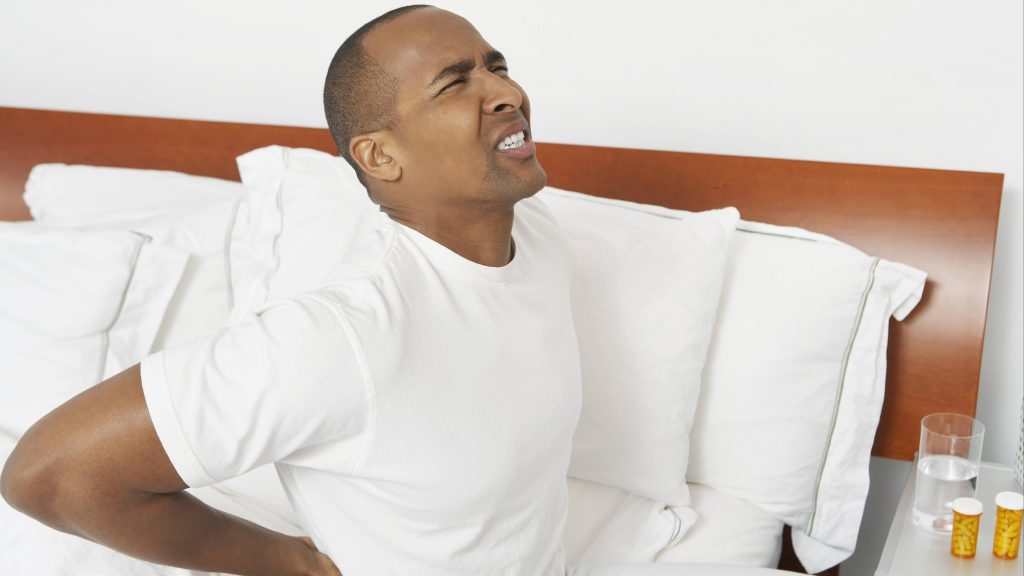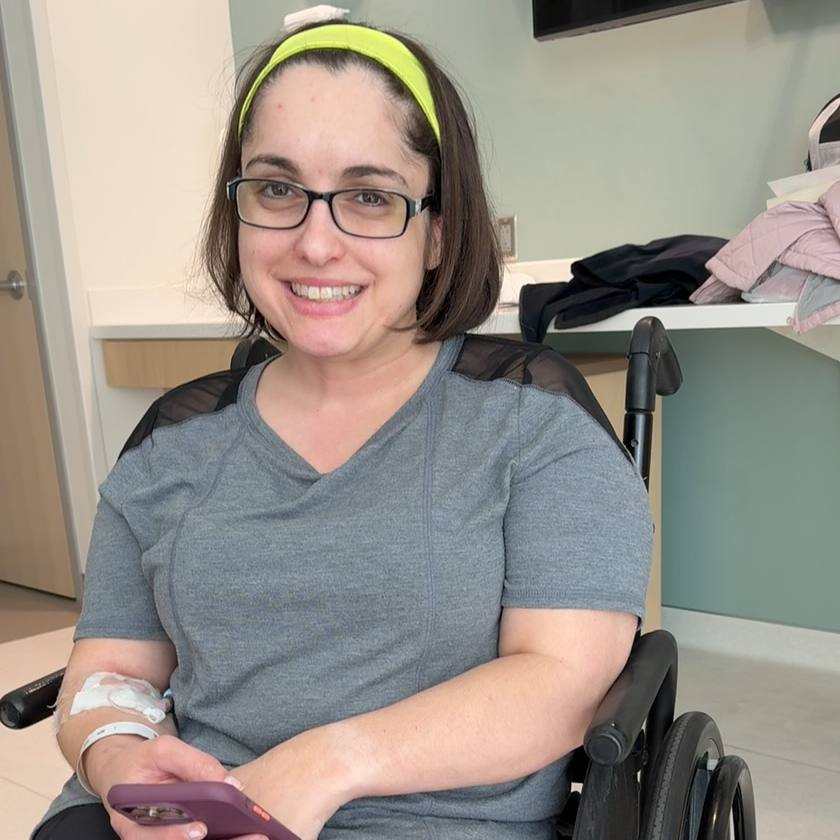-
Mayo Clinic Q and A: Back pain issues

DEAR MAYO CLINIC: I am 45 and relatively healthy. But about a year ago, I hurt my lower back while working in the yard. I felt a sharp pain and could barely walk. It took about a month to heal. Then about a month ago, I hurt my back again — this time while lifting my young son. The pain does not seem to be getting better. Is there anything I can do to speed the healing process? How can I prevent this from recurring?
ANSWER: Lower back pain episodes are common among adults, with about 80% of adults experiencing lower back pain at some point during their lives. Lower back pain is one of the top five reasons that individuals seek medical care. In many cases, lower back pain resolves on its own. Most people have significant improvement in their pain within 14 days, and symptoms usually resolve in 4–6 weeks.
Unfortunately, it’s not uncommon for lower back pain to recur. The biggest predictor of developing lower back pain is having a history of prior lower back pain episodes. As many as 50% of acute lower back pain sufferers will experience another episode of back pain within a year. However, only a very small percentage of those people go on to develop chronic lower back pain.
To ease your present lower back pain flare, there are a number of self-care steps you can take. First, maintain your usual activities as much as possible, but do be cautious with movements that sharply increase the pain. Second, consider taking a nonprescription pain reliever. Anti-inflammatory medication, such as naproxen and ibuprofen, may be of benefit for short-term use. There are also some topical medications that people find effective at times, including counterirritants for heat/cold, lidocaine for numbing and anti-inflammatories for more local use. Many people take other nutritional supplements to help their pain, but no one supplement has been determined to be effective for everyone with lower back pain. However, most do not have a lot of side effects or risk.
If over-the-counter medications are not enough, talk to your health care provider about a muscle relaxant to reduce symptoms. The use of the medications is not to eliminate your pain but rather to reduce it to allow you to resume more movements and activities. Be aware that prescription medications may have more side effects, such as nausea, sedation and/or constipation.
Physical therapy during the acute episode can be an important part of treatment for lower back pain. It should involve teaching you to use heat and/or cold therapies, proper stretching exercises and the safest strengthening exercises — especially the abdominal core muscles. Practicing good posture and proper body mechanics also can help reduce pain. The benefit to starting a physical therapy program is to find out which approaches are best for you with your current symptoms and learn the proper technique for the exercises. The goal is to acquire a regimen of stretching and strengthening to be able to do at home for long-term benefit.
Additional passive interventions that may provide some short-term benefit for pain reduction in people with lower back pain include massage, acupuncture, low-level laser treatment and spinal mobilization. These soft tissue and/or joint mobilizations often are called manipulation, and may be done by therapists, chiropractors or osteopaths. Other, more active interventions to consider are yoga, Pilates or an aquatic exercise program. Talk with your health care provider about the benefits and risks of these approaches, and if they may be right for your situation.
Once the pain goes away, take measures to reduce your risk of future lower back pain episodes. Use good posture and follow your health care provider’s instructions on how to bend, lift and move to ensure proper back biomechanics. When lifting heavier objects, it often is best to lift from the knees while you contract your abdominal muscles, and keep your spine straight. You should not bend and twist your trunk at the same time, and, as you do lift, hold the object as close to your body as you can. You also may incorporate back-friendly practices into your daily life, such as using a chair that has good back support at work and at home, or using a desk that changes levels to move from sitting to standing intermittently.
When you lift heavy objects, lift from the knees while you contract your abdominal muscles, keep your spine straight, and don’t twist your trunk. As you lift, hold the object close to your body.
Regular exercise can strengthen your muscles, which makes it less likely you’ll have future lower back pain episodes. There are no studies, though, that indicate one exercise is better than another for prevention of future pain. General core exercises or aerobic exercises can be valuable. Proper warm-up and cool-down techniques may include more back-specific stretching maneuvers. Aerobic and resistance exercises also can help you reach and maintain a healthy weight. This may help to protect you from future lower back and other problems that can be associated with obesity. Finally, if you smoke, stop. Smoking accelerates spinal degeneration, and that contributes to the development of back pain. If you would like guidance or support as you work to quit smoking, talk to your health care provider. Various treatment options are available that can help. — Dr. James Atchison, Physical Medicine and Rehabilitation, Mayo Clinic, Jacksonville, Florida
****************************
Related Articles
- Women’s Wellness: 7 tips for back pain relief during pregnancy published 4/11/19
- Home Remedies: Treatments and therapies for back pain published 2/20/19







